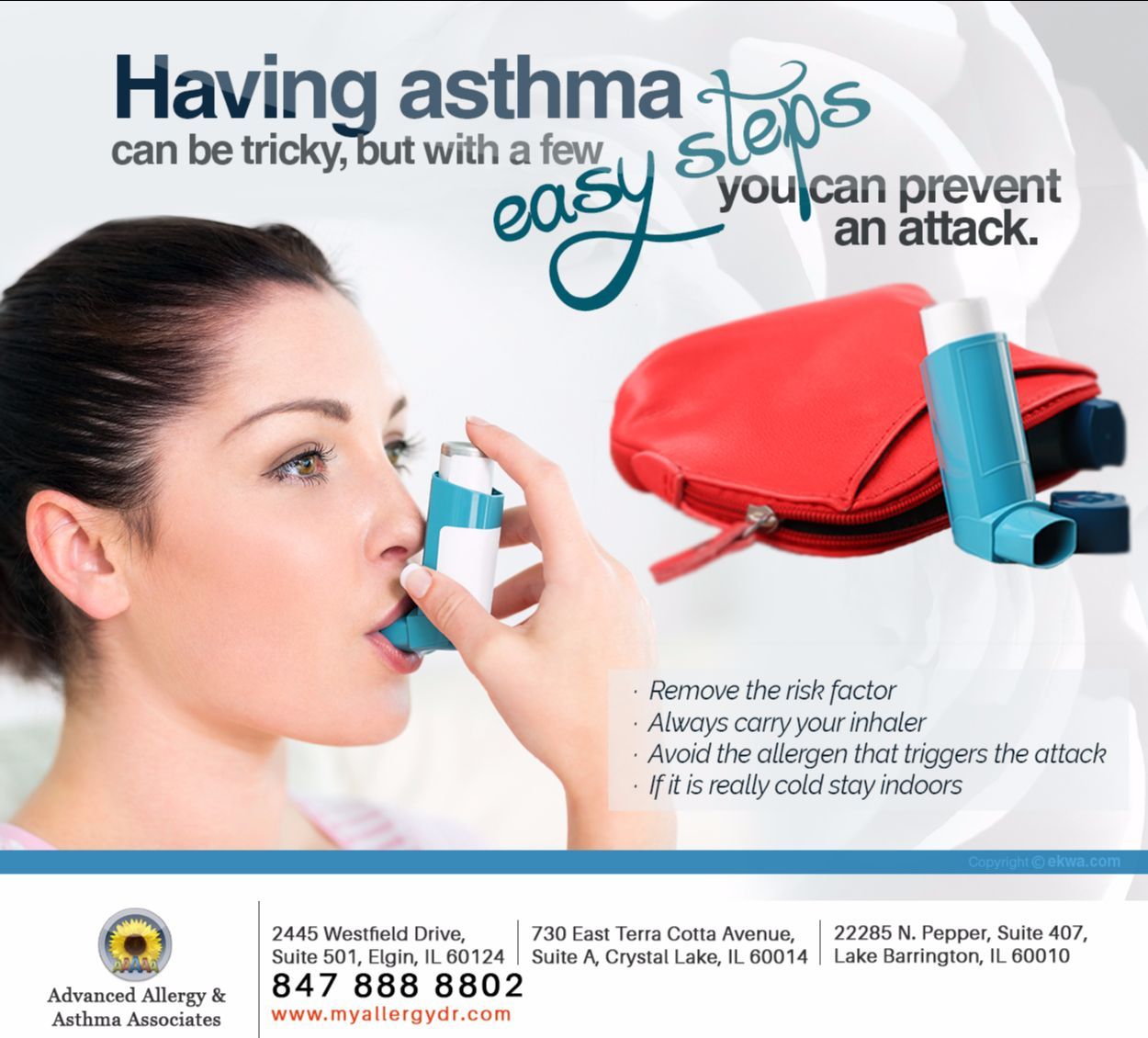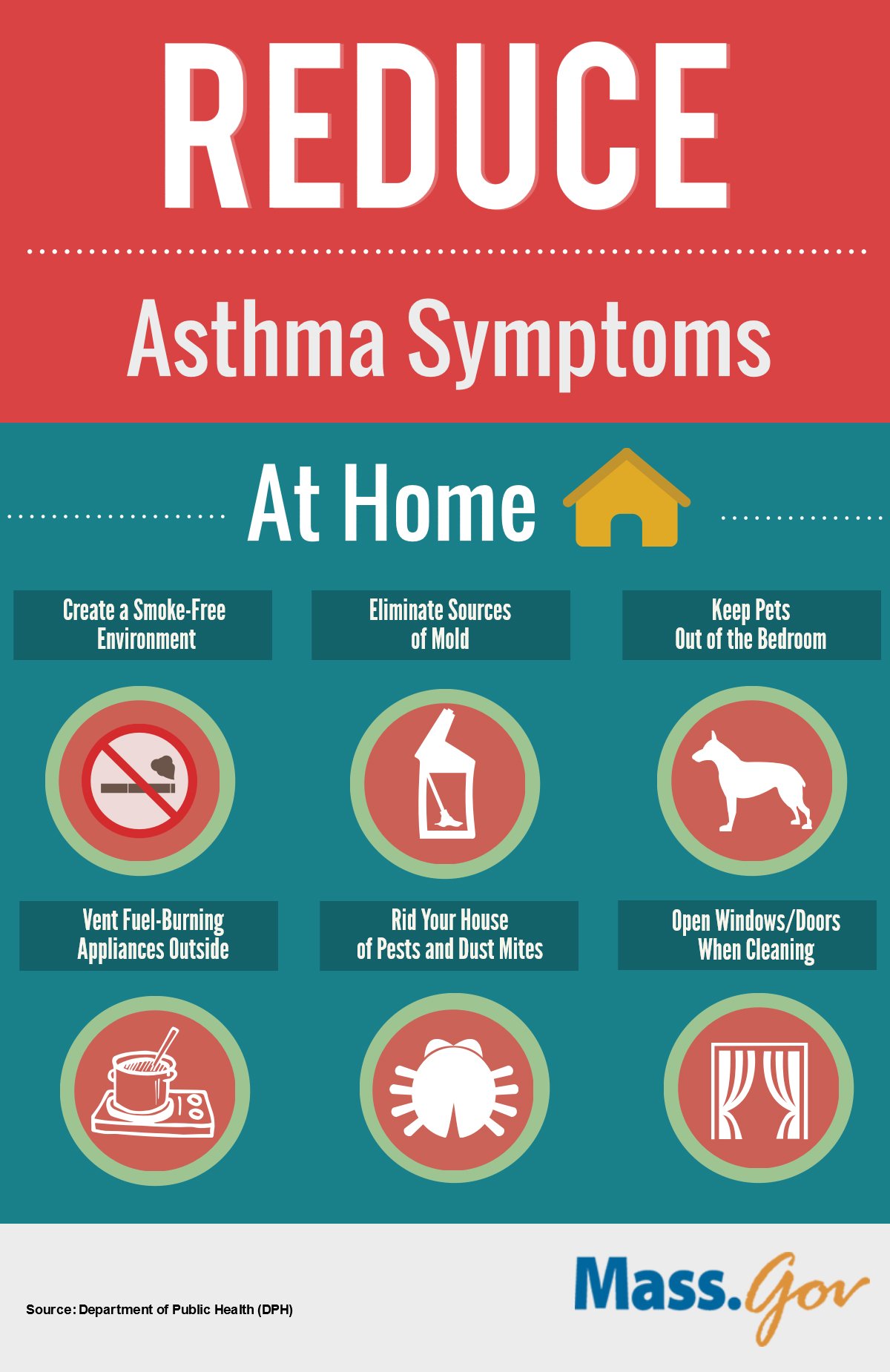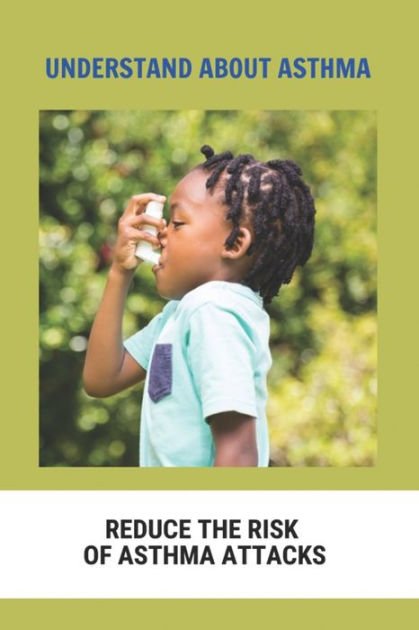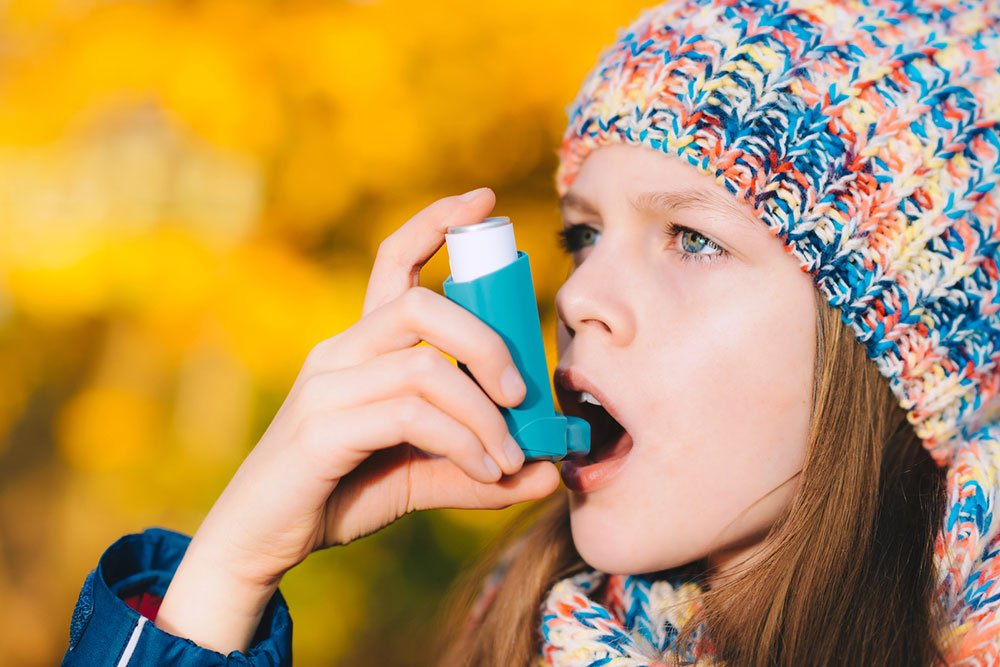Tips To Reduce Exposure To Animal Dander
The best strategy to reduce the risk of an allergic reaction is to avoid contact with the type of animal that causes your allergy. This can be difficult if you have a pet or if you visit another household where there is a pet.
Tips that can help to reduce the risk of exposure to animal allergy triggers include:
- Make sure that furred animals do not enter your home.
- Have a low-allergy pet.
To reduce exposure to house dust mites:
- Wash bed linen each week in water above 60ºC.
- Use blankets and doonas that can be washed.
- Avoid carpet and rugs where possible.
- Vacuum each week using a vacuum with a high-efficiency particulate air filter.
- Clean hard floors weekly with a damp or anti-static cloth, mop or a steam mop.
- Dust weekly using a damp or anti-static cloth.
- Avoid textured or cloth upholstery on furniture leather, wood and vinyl are best.
- Consider using venetian blinds and flat blinds they are easier to clean than cloth curtains.
- Choose bedding, such as mattress and pillow protectors, that are mite resistant and wash them regularly this may be effective when used in combination with the above.
In general, washing in hot water above 60ºC both kills dust mites and removes the allergic substance the mites produce. Drying items in a hot dryer will kill the mites once the clothes are dry, but will not remove the allergic substance.
What Is The Prognosis For Asthma
The prognosis for asthma is generally favorable. Children experience complete remission more often than adults. Although adults with asthma experience a greater rate of loss in their lung function as compared to age-controlled counterparts, this decline is usually not as severe as seen in other conditions, such as chronic obstructive pulmonary disease or . Asthma in the absence of other comorbidities does not appear to shorten life expectancy. Risk factors for poor prognosis from asthma include
- a history of hospitalizations, especially ICU admissions or ,
- frequent reliance on systemic steroids,
- significant medical comorbidities.
The airway narrowing in asthma may become fixed over time and can resemble COPD or . The other main complication of asthma is due to side effects from oral steroid use, which can include bone loss , weight gain, and glucose intolerance.
Ways To Avoid Triggers That Can Cause An Asthma Attack
If you have asthma, you know all too well how scary an asthma attack can be. If you dont have asthma, its hard to fully appreciate what its like not to be able to breathe and the panic that can cause. As an allergist/immunologist asthma specialist, I hear statements like this a lot from my patients with asthma, which is why I offer this blog to help people understand what things can trigger an asthma attack and just as importantly, how to avoid them.
What exactly is asthma?
Asthma is a chronic disease in which the airways narrow and swell and produce extra mucus. This can make breathing difficult and trigger coughing, wheezing and shortness of breath.
For some people, asthma is a minor nuisance. For others, it is a major health problem that interferes with their daily activities and could lead to a life-threatening asthma attack.
It isnt clear why some people get asthma and others dont, but it could be due to a combination of environmental and genetic factors. Asthma cant be cured, but its symptoms can be controlled by avoiding triggers, taking medication to prevent symptoms, and knowing how to treat an asthmatic episode when it occurs.
Triggers than can cause an asthma attack
Irritants that can trigger the symptoms of asthma differ from person to person but here are the most common ones:
Risk factors that can increase your chances of developing asthma
12 best ways to avoid asthma triggers
Minimize your exposure to things youre allergic to
Avoid getting colds
Tips To Reduce Exposure To Mould Spores
The best strategy for any allergy is to avoid the allergy trigger. For mould spores, this can be difficult, but you can certainly take action to reduce mould in your home.
To reduce mould in your home:
- Treat existing mould on surfaces such as bathroom ceilings and walls with fermented white vinegar solution.
- Prevent water damage on carpets and remove if wet.
- Eliminate sources of dampness leaking pipes or seeping groundwater.
- Change filters regularly in heating and air-conditioning units, and have heating ducts cleaned often.
- Ventilate bathrooms and seal leaks.
- Avoid indoor pot plants, organic mulch and compost.
- Treat rising damp immediately.
Know When To Get Help

Symptoms that place you in the “red zone” of your asthma action plan are serious. If you experience any of these, follow the instructions in your plan and get emergency care right away:
- Wheezing when you inhale and exhale
- Nonstop coughing
Immediately call 911 or your local emergency number if:
- You can’t talk in full sentences.
- Your lips or fingernails turn blue .
- You begin breathing rapidly .
- You aren’t able to breathe in or out fully.
- You feel confused or agitated.
- Your rescue inhaler doesn’t relieve your symptoms.
Other Conditions Can Cause Asthma
Infections, viruses, and diseases that affect your lungs can trigger your asthma. Examples include colds, respiratory infections, pneumonia, and the flu. Sinus infections and acid reflux can also cause an asthma flare-up, as can some medicines.
Perfumes and heavily scented items can aggravate your airways. Stress, anxiety, and other strong emotions can also trigger fast breathing. This irritation in your airway or fast breathing can cause an asthma flare-up too. Additionally, food allergies may cause an asthma attack, especially if you have a history of having an anaphylactic reaction to a food allergen.
Use Medication As Directed
Most people with asthma are prescribed at least two types of : a controller medication that is used daily to prevent inflammation and a rescue medication that is used to treat acute symptoms when they occur. Most often, these drugs are breathed in via an inhaler or nebulizer so that they go directly to the airways and lungs.
Most controller inhalers contain an inhaled corticosteroid . Your doctor will determine how often you should use one based on the severity of your asthma. If you have mild asthma, you may not need to use an ICS everyday, according to the 2020 NIH recommendations for asthma management.
If you have mild, moderate, or severe persistent asthma, you likely will need to use your controller inhaler daily to prevent symptoms.
When you begin to experience worsening of symptoms, you can use a rescue inhaler to try to nip a full-on attack in the bud. It will likely contain a short-term beta agonist such as , which works as a bronchodilator to expand the airways.
Which Asthma Medication Is Right for Your Treatment?
Money Matters: The Cost Of Living With Asthma
Asthma is a chronic condition, which means you dont take medication for a finite amount of time as you would with, say, antibiotics. Many people need long-term control medications to manage their asthma. Theres also the cost of missing work or school, as well as the cost of equipment you may need. The costs can add up. Here is an overview, along with some tips on how reduce your overall expenses for asthma.
Tips To Reduce Exposure To Cigarette Smoke
Aim for a smoke-free environment, both for yourself and your children. If you , speak to your doctor about quitting. If you are pregnant and you smoke, your child is at much greater risk of asthma. Babies of mothers who smoke are 4 times more likely to develop asthma.
Do not allow anyone to smoke in your home. Smoking in a small area like a car is especially bad and opening the windows does not help. Even if you do not smoke near your children, the smoke remains in your clothes and can still affect children.
Talk to your doctor about how to quit smoking. There are a range of effective medical prescriptions available to support this important step. Call Tel. 13 78 48.
Can Asthma Be Prevented
Asthma cant be prevented entirely, but there are some practical ways to reduce the risk of an asthma attack and live well with asthma.
- Get vaccinated for influenza: flu and other respiratory viruses are common triggers for asthma.
- Manage any allergies: asthma and allergies are closely linked, so treating allergic rhinitis and avoiding or managing any allergy triggers will help with your asthma.
- Live smoke-free: quit if you smoke, and avoid any second-hand smoke .
- Eat well: a balanced diet helps you to maintain a healthy weight. Being overweight or obese makes asthma harder to manage.
- Care for yourself: mental health and asthma are linked, so let a trusted friend or your doctor know if you have been feeling sad or , or dont enjoy things as much as before.
- See your doctor regularly: asthma needs to be regularly assessed and managed, and your medication needs may change over time. Ensure your asthma action plan is up to date by checking in with your doctor regularly.
Finding Support With Asthma
Getting support when you have asthma is important. The people around you — family members, friends, co-workers — can all help. These people should know what to do in case you have a severe asthma emergency. They should also know you can control and manage your asthma. You can find support with asthma through online organizations, such as the WebMD asthma message boards, support groups in your community, and by staying in touch with others who have asthma. Talking to others can help east some of the stress you might feel.
Why Do You Get Wheezy
First, lets take a look at why you start coughing, wheezing or feeling short of breath when you exercise. If youre like most people, you breathe through your mouth when you start exerting yourself because your body needs more oxygen. The air through your mouth tends to be dryer than the air that enters through your nose. In the winter months, this dry, cool air can irritate your airways and cause them to narrow, which leads to symptoms of exercise-induced asthma. Other factors, such as pollen, can also trigger these symptoms.
When Does Mould Spread

Mould thrives in damp and wet conditions and is commonly located in wet areas such as the bathroom, laundry, and kitchen. However, has also been known to become present after floods, water inundation and long periods of wet weather.
Mould spores can float in the air and can be inhaled. These spores are not usually visible to the naked eye therefore you may not even know that mould is present.
If you suspect that you may have a mould allergy, speak to your doctor about testing this allergy.
Additionally, if you suspect that you have mould in your home, it may be worth having a cleaner come through and give everything a good clean, and if it is still present organise a mould assessment and/or treatment by a mould specialist, whom you should be able to find in your local business directory.
What An Asthma Attack Feels Like
Inhale, exhale, repeat. Breathing is just that simple for most people. But for those with asthma, sudden symptoms focus their full attention on this otherwise intuitive reflex.
You notice your breathing more feel every breath, says Laurence Jones, a photographer from the United Kingdom who lives with the chronic respiratory disease. Its uncertain, troubling.
While Jones has had mild, well-managed since childhood, hes experienced a few severe asthma attacks in his life.
Thats really scary, he says. You breathe in, but the air doesnt fill your lungs, like you are drowning in the open air.
Mould And How To Reduce The Risk Of Asthma Symptoms
>>Mould and how to reduce the risk of asthma symptoms
Mould is common in Australian homes and can be a regular trigger for asthma.
Mould fragments or spores spread in the air and can cause allergic and asthma responses in some people.
Allergic and asthma responses may cause inflammation of the airways, which bring on asthma symptoms and may cause serious flare-ups.
Effective cleaning and maintenance can minimise the chance of mould spore build-up, and its potential impact on respiratory conditions.
Tips To Reduce The Risk Of Asthma Attacks In Winter
For people with asthma, winter is a dreary season. It can trigger or increase their risks of attack. It can irritate hypersensitive lungs, causing inflammation and bronchospasm. The muscles around the irritated bronchial tubes become constricted and narrower, making it harder to breathe. An increase of mucus in the lungs can limit breathing, resulting in wheezing, coughing and tightness in the chest.
Stepping outside to cold, dry air that smacks you in the face can disrupt the quality of life in the winter. Dont let the winter chills worsen your asthma symptoms. Follow these tips to stay healthy when the temperatures dip.
The Truth About Cats And Dogs
Many people with allergic asthma are triggered by the dander from cats and dogs, according to the CDC All breeds even those without fur or hair can trigger an attack, Rizzo says. Although not everyone with allergies or asthma is affected by pets, you shouldnt have them in your home if they trigger your allergic asthma symptoms. Typically, locking pets out of your bedroom won’t be enough. The protein in the pet dander, saliva, or urine that triggers allergic asthma can get on your clothes and go where you go. It can also spread through the air. If you cant bear to part with your pet, at least reduce the number of places where your animals can hide. Use blinds rather than drapes, and furnishings not covered in fabric for easier and more thorough cleaning. Also, vacuum regularly using a HEPA filter.
Keep Your Mouth Closed
Keeping your mouth closed is proper etiquette, but it is also better for your lungs. Ideally, you want to breathe through your nose, especially when you are out in the cold because it helps warm up your lungs. Another way to warm and humidify the air you breathe is covering up with a scarf or jacket over your nose and mouth.
Monitor Your Peak Flow
Checking your peak expiratory flow rate a measure of how quickly your lungs expel air during a forceful exhalation after you fully inhaleis key to asthma attack prevention. PEFR is determined using a simple handheld device called a peak flow meter.
Depending on the severity of your asthma, your doctor may want you to check your peak flow several times a day, once a day, every few days, or just at certain times.
The most common recommendation is once a day in the morning before taking your asthma medication.
If your peak flow numbers are declining, your asthma is getting worse and you need to act quickly to prevent an attack. Follow the instructions in your asthma action plan to prevent the symptoms from becoming more severe and turning into a full-blown attack.
Why and How to Measure Peak Flow
Acute Exacerbation Of Asthma Risk Reduction
One of the most important steps that may be taken to reduce the risk of asthma exacerbations is to learn what triggers symptoms and avoid them. For example, if dry, cold air causes symptoms, it may be useful to cover your nose with a scarf in cold weather. Other strategies that can help to reduce the risk of acute asthma exacerbations include:
- Wash your hands frequently and avoid touching your face to prevent getting colds or other respiratory infections.
- Make sure you take each asthma medication as prescribed by your physician.
- Regularly monitor your lung function using a peak flow meter and record your results.
- Use your rescue inhalers as soon as you develop symptoms of an asthma attack.
- Identify whether your use of quick-relief inhalers has increased lately. This could mean that your doctor needs to modify your treatment or adjust your doses. Never modify your treatment or self-medicate without talking to your health care provider first.
- If a physical activity triggers an attack, stop immediately and use your rescue inhaler as prescribed.
- Dont stop taking your treatment or reduce your doses without discussing it with your doctor first, even if you feel that your symptoms are improving.
Acute Asthma Exacerbation: Treatment Options And Triggers Of Asthma Attacks

The exacerbation of asthma symptoms, also known as asthma attacks, can cause distressing respiratory symptoms and anxiety. Different factors can trigger acute asthma exacerbations; it is important to learn how to reduce risks and when to seek medical assistance.
Read on to learn more about asthma with acute exacerbations.
When Is Stress Most Likely To Trigger Asthma
Stress can affect any of us at any time. But there are times in our lives when were more likely to react to stressful situations. For example:
- Women might find theyre more stressed and anxious at certain times in their menstrual cycle, or during menopause.
- Teenagers and young people might be dealing with hormones as well as peer pressure, or problems at home. This can all add to their stress levels at an age when theyre less likely to manage stress well.
- Children with asthma exposed to stressful events are more at risk of having an asthma attack, especially if they have a lot of background stress in their life.
Use A Home Peak Flow Meter
The meter shows how well air is moving through your . During an attack, your airways narrow. The meter can let you know this is happening hours or days before you have any symptoms. This gives you time to take the medications listed in your treatment plan and possibly stop the attack before it starts.
Asthma and Allergy Foundation of America: “Asthma Overview: Prevention,” âPeak Flow Meters.â
National Asthma Education and Prevention Program. Expert Panel Report: Guidelines for the Diagnosis and Management of Asthma, 2002.
National Institutes of Health publication number 02-5074, June, 2003.
Brostoff, J. and Gamlin, L., Asthma: The Complete Guide to Integrative Therapies, Healing Arts Press,1999.
Plaut T. and Jones, T., Dr. Tom Plaut’s Asthma Guide for People of All Ages, Pedipress Inc., 1999.Â
American College of Allergy, Asthma & Immunology: âAsthma Treatment,â âWhat Is An Asthma Action Plan?â
CDC: âLung Disease including Asthma and Adult Vaccination.â
Spacers And Asthma Medication
For all people with asthma, it is recommended that a spacer device is used when asthma medication is delivered via a puffer . A spacer is a specially designed container that attaches to a puffer and has its own mouthpiece to breathe through.
Using a spacer helps the medication to go where it is supposed to into the small airways in the lungs rather than ending up coating your childs mouth, tongue and throat. It is much more effective than using a puffer on its own. Using a spacer with a puffer can reduce or prevent side effects from inhaled medication.
Babies and young children may need a spacer with a special face mask attached to inhale asthma medicines effectively. These fit tightly around your childs mouth and nose to make sure none of the medicine leaks out. Talk to your pharmacist for advice and to have your technique checked.
Watch this Asthma Australia video which shows you how to use a spacer with a face mask.
Symptoms Of Asthma Emergencies In Children
The signs of an asthma emergency include when the child:
- finds it very difficult to breathe or is not breathing
- is unable to speak comfortably or complete sentences without losing breath
- has lips turn blue
- has symptoms that get worse very quickly
- has tugging in of the skin between ribs or at the base of the neck
- is getting little or no relief from their reliever inhaler, or their reliever inhaler is not available.
Managing Your Prescriptions And Creating An Action Plan For Asthma
Its important that you follow your healthcare providers instructions for your asthma treatment, which may include quick-relief medications taken at the first sign of an asthma attack, long-term control medications, and allergy shots. The suggests setting up a medicine schedule showing what you should take when, taking your medicine in conjunction with a routine habit , or setting an alarm on your phone or watch.
You should also set up a detailed asthma action plan with your doctor, which should include information about what medications you take , as well as what to do if your medications dont relieve symptoms like coughing, , shortness of breath, or chest pain. The asthma action plan should also have a section that details what to do in an emergency and includes important information, like emergency telephone numbers for your healthcare providers, family, and friends.
Make copies of your plan and share it with loved ones, coworkers and, if your child has asthma, your childs teachers and school nurse.
Make sure that you keep your rescue medication nearby at all times so you dont have to go looking for it in the event of an emergency, says Williams. Keep extras in a desk drawer at work, your purse or backpack, and other convenient and easily accessible places. Check expiration dates regularly to make sure they havent expired. And above all, work with your healthcare providers to be certain that you know how to use your rescue inhaler correctly.
Avoid Foods That Can Trigger Asthma
Food is a common culprit of many asthma attacks. More accurately, it is not the food we eat that triggers the attack. Instead, it is the bodys reaction to the food in the form of food allergies. As such, avoiding food triggers can be an important step in managing the condition. Unfortunately, there is a long list of food that may cause an allergic reaction that can leading to an asthma attack. A few of the common items to avoid include shrimp and other shellfish, peanuts, eggs, dairy products and foods containing soy protein.
Understanding Asthma Attack Triggers
To figure out what causes an asthma flare-up, it helps to understand how asthma affects the body.
In a person without asthma, the airway is wide open. Air can flow freely into the lungs. In people with asthma, two factors can reduce airflow and make it hard to breathe:
- Inflammation: People with asthma experience a strong reaction to allergens. The reaction causes inflammation or swelling that narrows the airways. Theres less space for air to get through, explains Dr. Thakur.
- Muscle contraction: During an asthma attack, the muscles around the airways can tighten, making the airways even smaller. Thats why you feel short of breath during an asthma attack, Dr. Thakur says.
Keep A Diary Of Your Childs Symptoms

Keep a diary of symptoms to discuss with your doctor. The diary could include:
- a video or audio recording of the wheezing you could use your mobile phone
- when the symptoms occur such as during the day or worse at night
- how bad the symptoms are and how often they happen
- how long the symptoms remain and whether they change with time
- whether the symptoms are worse after exercise, playing or after an infection
- whether the symptoms are worse after exposure to animals, pollens or mould.
Part 1 Of 3:identifying Asthma Triggers
